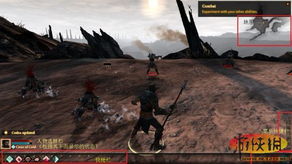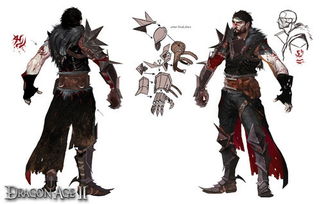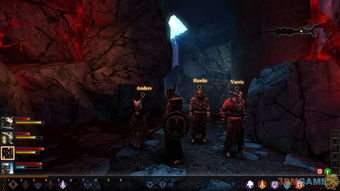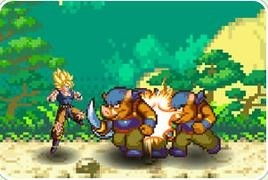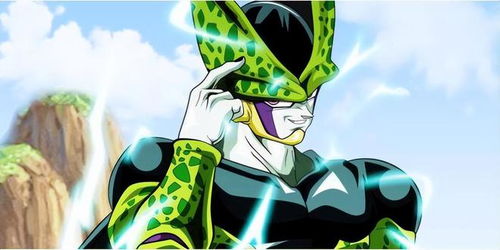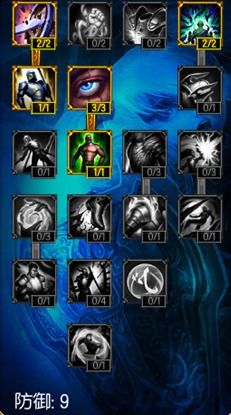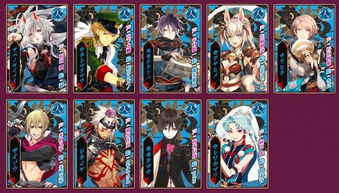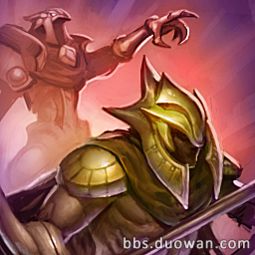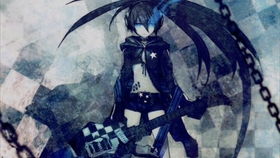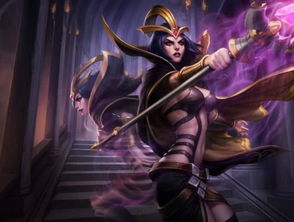Introduction to Halloween
Halloween, also known as All Hallows' Eve, is a traditional Western festival celebrated on October 31st. Its origins are steeped in ancient customs and beliefs, with various interpretations and legends surrounding its history. This article delves into the origins of Halloween, exploring its roots and the evolution of its customs over time.
Pre-Christian Celtic Roots
The origins of Halloween can be traced back to the ancient Celtic festival of Samhain, which marked the end of the harvest season and the beginning of winter. The Celts, who lived in what is now Ireland, Scotland, and Wales, believed that on this day, the boundary between the worlds of the living and the dead became blurred. They would light bonfires and wear costumes to ward off evil spirits and honor their ancestors. This festival was a time of reflection and preparation for the harsh winter ahead.
The Influence of the Druids
The Druids, the ancient Celtic priests, played a significant role in the celebration of Samhain. They were believed to have the power to communicate with the spirits of the dead and to control the natural world. The Druids would perform rituals and sacrifices to ensure a successful harvest and to protect their communities from evil forces. The festival was also a time for divination and forecasting the future.
The Christianization of Samhain
With the spread of Christianity in the early Middle Ages, the celebration of Samhain was gradually incorporated into the Christian liturgical calendar. The Church attempted to Christianize the festival by renaming it All Hallows' Eve, which is the day before All Saints' Day (All Hallows' Day). The purpose was to replace the pagan festival with a Christian observance, but the old traditions remained deeply rooted in the popular culture.
The Evolution of Halloween Customs
Over time, the customs associated with Halloween have evolved. One of the most enduring traditions is the wearing of costumes. It is believed that wearing costumes, often in the form of masks, helped to disguise individuals from evil spirits. Another popular custom is the carving of jack-o'-lanterns, which originated from the legend of a man named Jack who tricked the devil and was doomed to wander the earth with a lantern for eternity.
The Trick-or-Treat Tradition
The practice of trick-or-treating, where children go door-to-door in costumes asking for treats, has its roots in medieval Europe. It was believed that the souls of the dead would return to their homes on All Hallows' Eve, and the treats were offered as a way to appease these spirits. Over time, this custom has become a fun and exciting activity for children, with the emphasis shifting from religious observance to a celebration of fun and spooky themes.
Modern Celebrations
Today, Halloween is a widely celebrated holiday in many parts of the world, particularly in North America, the United Kingdom, Australia, Canada, and New Zealand. It is characterized by a variety of activities, including costume parties, haunted houses, and the decoration of homes and public spaces with spooky themes. The tradition of trick-or-treating remains popular, with children dressing up in creative and often terrifying costumes to collect candy and other treats from neighbors.
Conclusion
Halloween is a fascinating celebration with a rich history that has been shaped by various cultures and beliefs over the centuries. From its Celtic roots to its modern-day customs, Halloween continues to be a time of fun, fright, and reflection. Whether you're dressing up in a spooky costume, carving a jack-o'-lantern, or participating in a trick-or-treat adventure, Halloween is a holiday that brings people together in a spirit of excitement and enjoyment.


